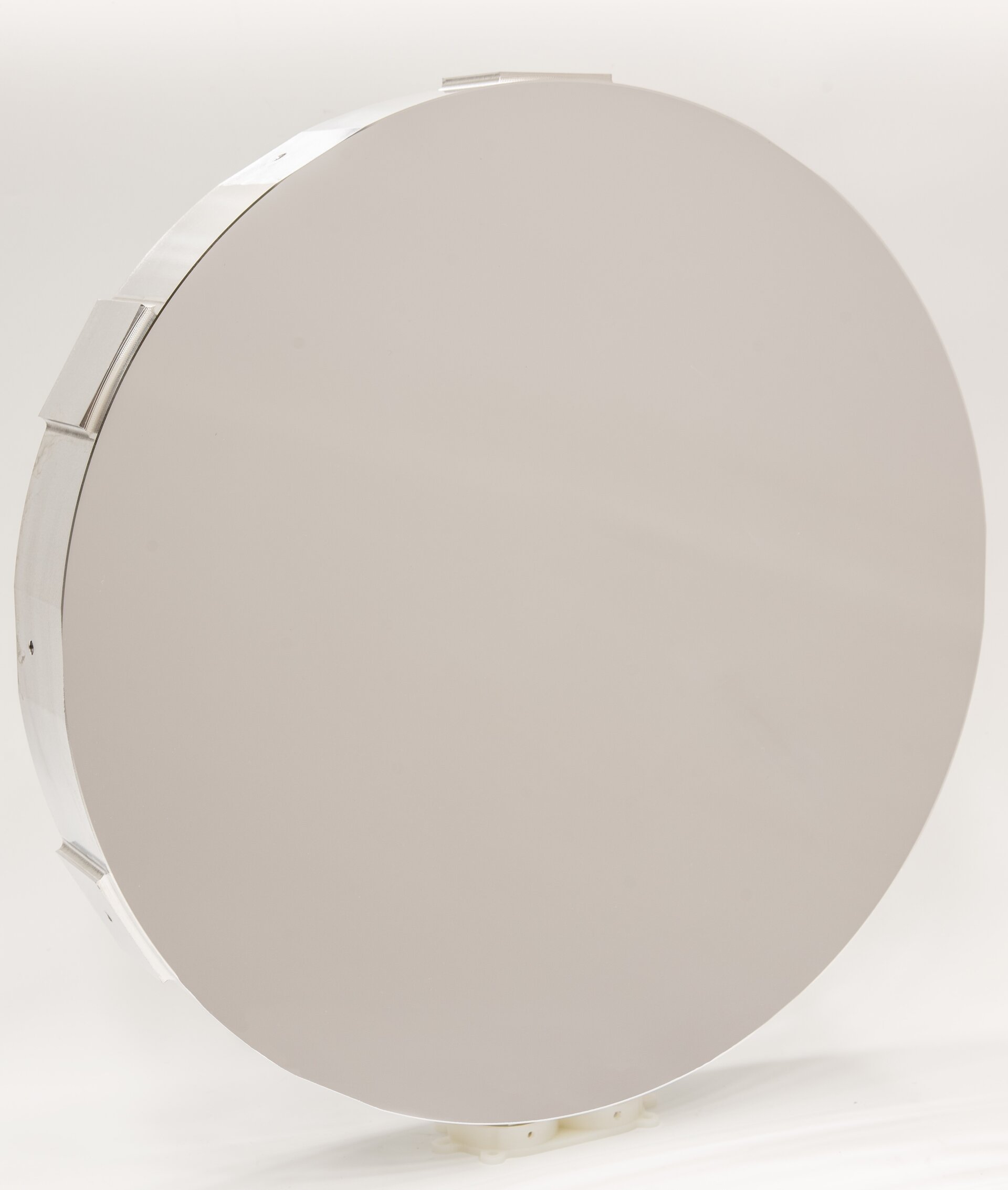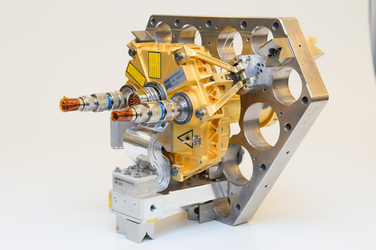To see the Universe in aluminium
Lightweight but robust, aluminium is the single most versatile space material. A new ESA project extends this versatility still further, by investigating the production of big aluminium mirrors for space-based astronomy. Applying a novel technique, the team joined together multiple aluminium segments to form a single mirror. The resulting surface had to be optically perfect however, with no trace left of joins in the combined metal.
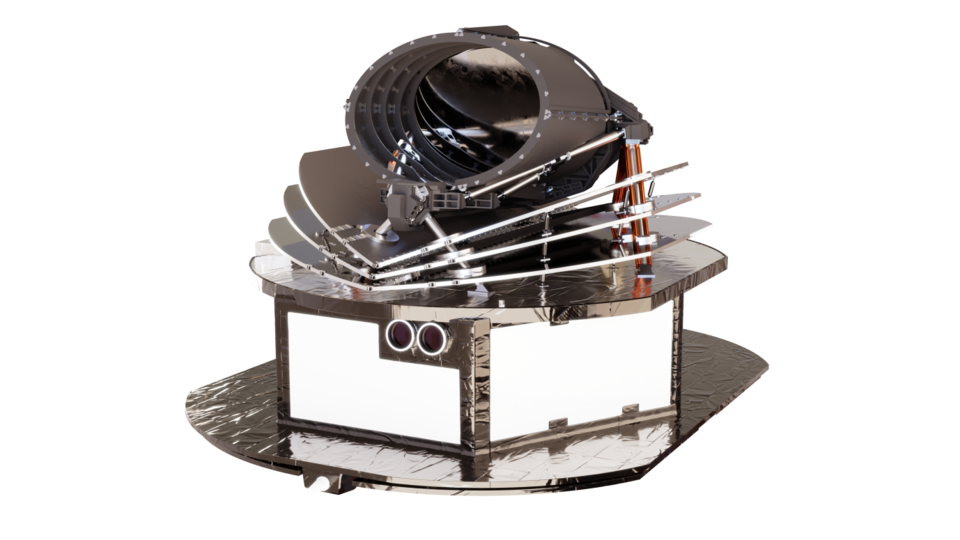
Setting the target for the project is the 1.1-m-diameter aluminium main mirror of ESA’s Ariel mission, which will acquire the temperature profile and chemical composition of distant exoplanets as they cross in front of their parent stars.
Ariel’s mirror will be produced in a conventional manner, starting with a single large piece of aluminium, but the concept of making a mirror by fixing together multiple aluminium segments represents a valuable backup method, potentially applicable to follow-on astronomy missions.
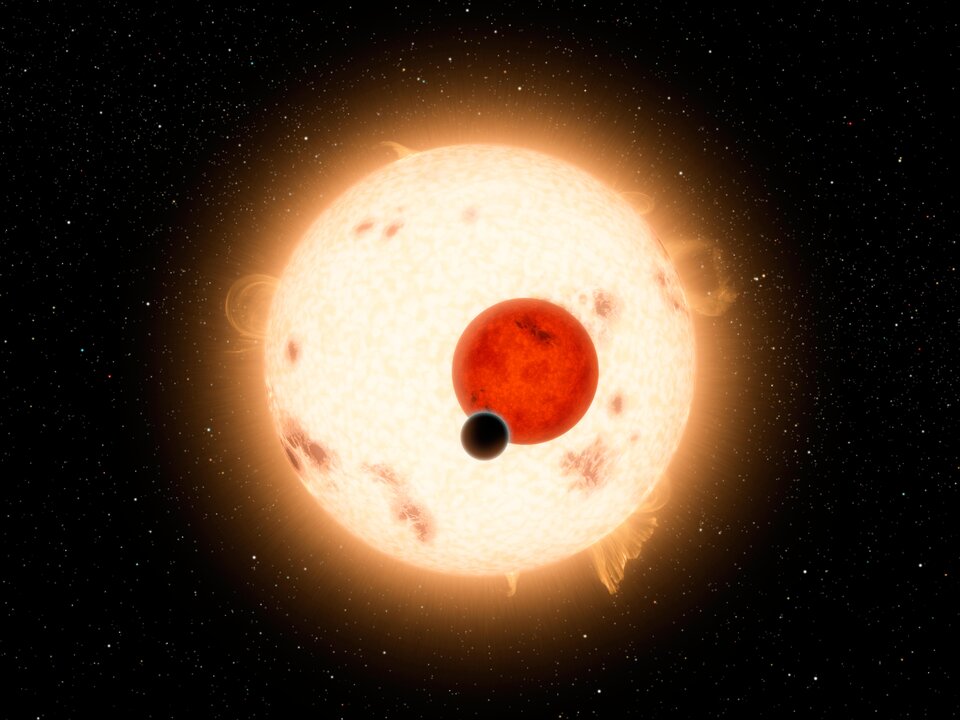
“Making such a large mirror out of aluminium has never been done before, but holds various advantages,” explains ESA materials engineer Advenit Makaya. “It means that the mirror will be homogenous with the rest of its parent telescope structure, avoiding thermal discontinuities that risk putting observing instruments out of alignment, and avoids the need for interfaces, reducing mass and complexity.”
ESA optical systems engineer Dana Tomuta, overseeing the project, adds: “In addition conventional glass or ceramic telescope mirrors are actually coated in aluminium to maximise their reflectivity, so finishing and polishing an aluminium reflecting surface represents a much simpler task.
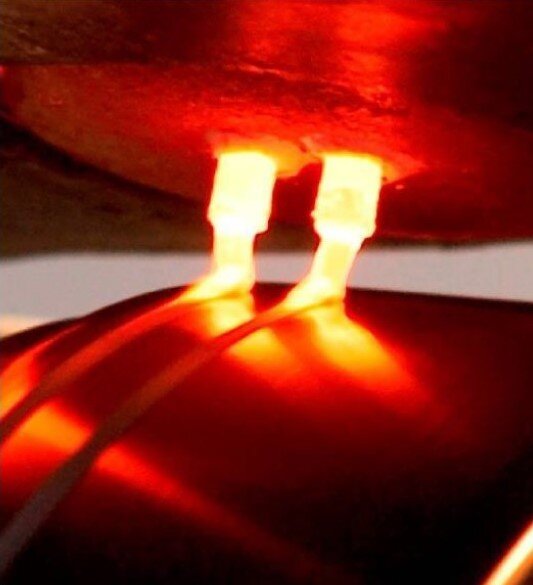
“The challenge is finding a practical way to produce aluminium mirrors of the size that future missions will need, considering that the finished mirror needs to combine a large collecting area with precise curvature down to an accuracy of a few nanometres – billionths of a metre – in order to precisely reflect the light it harvests from space to the telescope’s secondary mirrors and imaging system.”
As a first step, this project targeted a prototype ‘breadboard’ mirror of 30 cm across. ESA’s prime contractor was high precision optics company Media Lario in Italy, working with Dutch company RSP Technology. This latter firm has developed aluminium alloys obtained through a ‘rapid solidification’ process, involving spinning molten aluminium on a rotating wheel to obtain very thin strips that possess an ultra-fine microstructure.
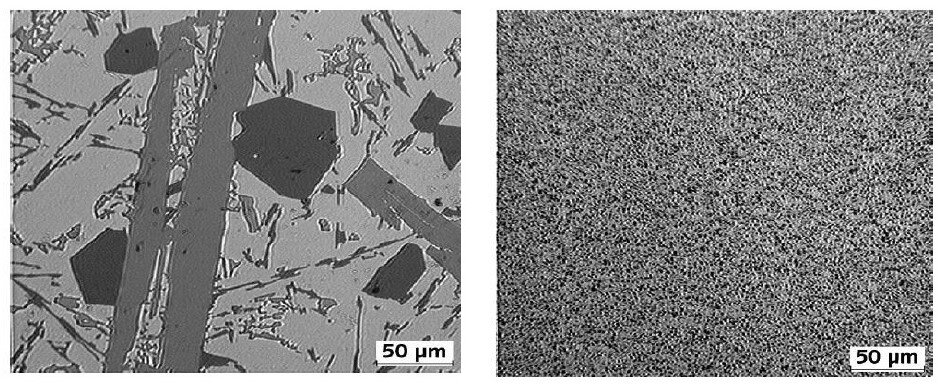
Advenit notes: “This very fine grain structure is much better for surface polishing, because the grain of the material determines its overall roughness.”
These aluminium strips are then chopped into pieces put together into a can, with heat and iso-static pressure applied to form a larger ‘billet’, then cooled rapidly to preserve the ultra-fine microstructure that has been formed in the thin strips.
But the overall size of these rapidly-solidified aluminium billets is limited to about 50 cm across. So the project turned to a method called ‘diffusion bonding’, involving an enlarged version of the same technique to join two or more segments together.
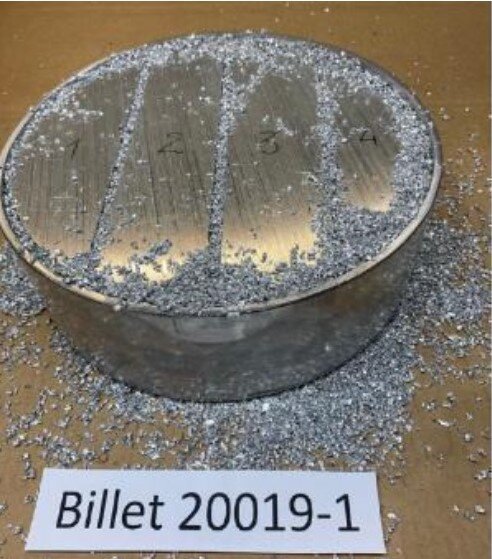
Advenit says: “To stick them together we add extra aluminium chips to the joint, then apply heat to make them partially liquid. This makes the aluminium of the segments migrate into each other, without melting them entirely.”
The first challenge was that repeated heating of the selected aluminium RSA-6061 alloy can produce magnesium and silicon precipitate particles.
Follow-up polishing removes these precipitates, but this also leaves holes which reduce optical quality.
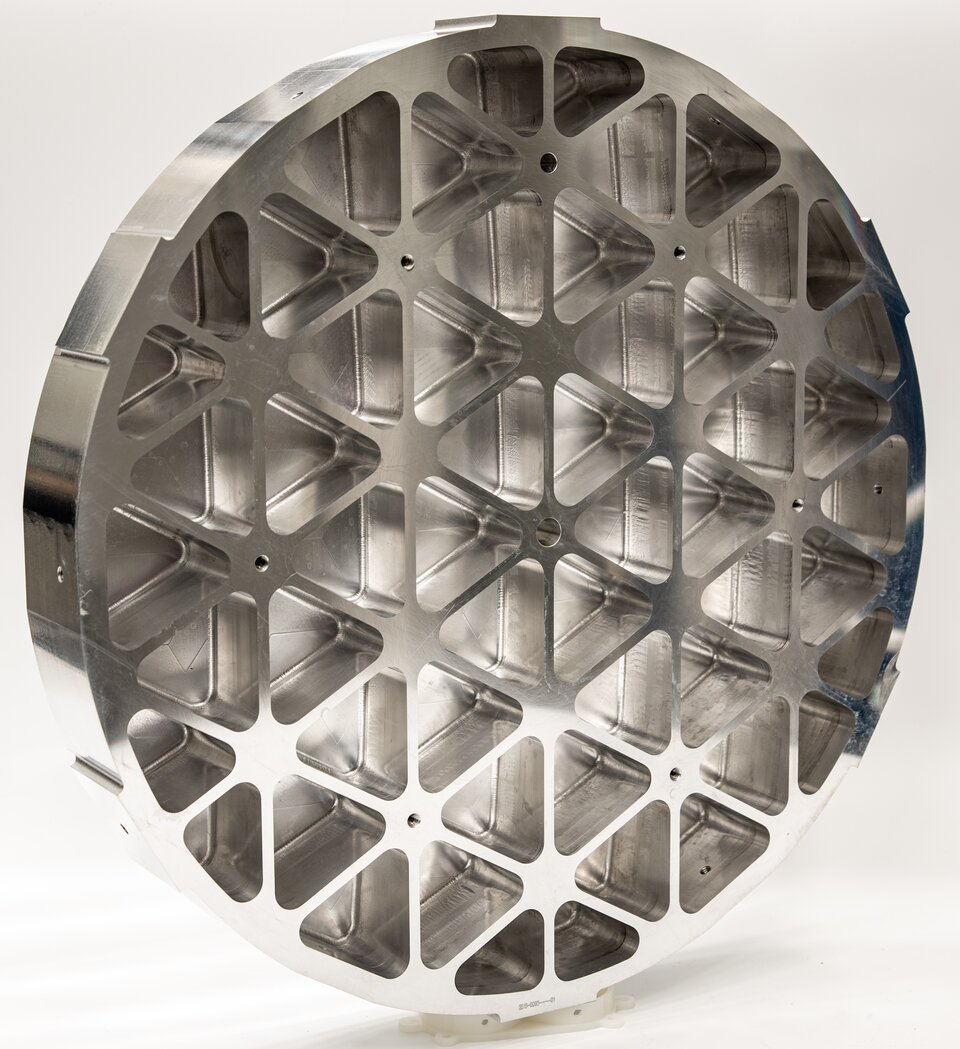
“We got around this through very strict process control,” adds Advenit. “This meant sourcing very pure aluminium alloy for a start, because the number and size of particulates will grow through the several heating steps involved.”
Production was followed by polishing – and the standard extraction of material from the rear of the mirror, in a honeycomb pattern to reduce mass – then a high-end test for a high-performance mirror: laser-based interferometry, where laser light reflected from the mirror is combined with a second light source reflected from a reference surface. The resulting interference pattern highlights any ‘wavefront error’ from the desired curvature, down to a few nanometres.
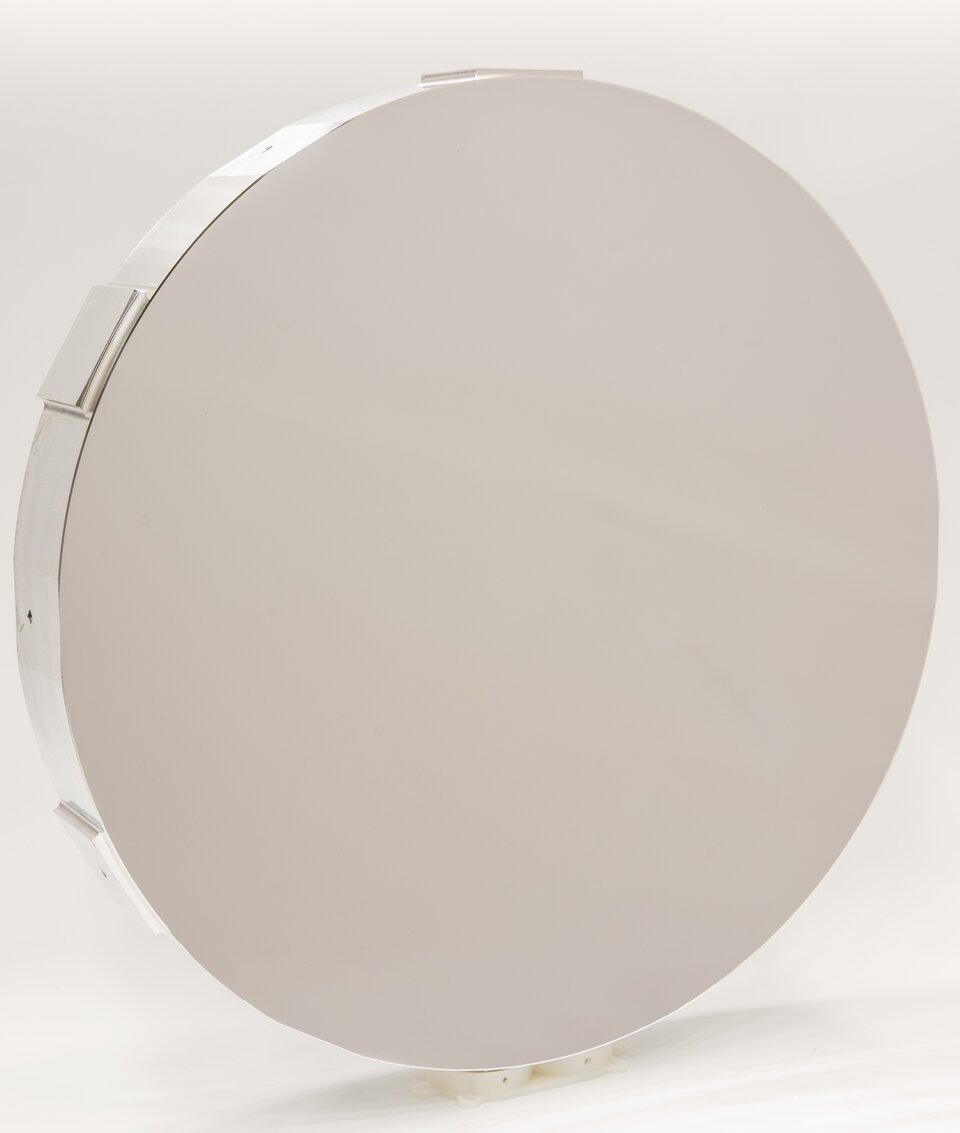
“Our first attempt retained a visible line from a join,” says Dana. “No matter how much you polish, that line will remain there, because it comes from the underlying material. So we had a few iterations, improving the technology each time. But our third attempt achieved 11 nanometres, which is already a considerable achievement. As a next step, we want to look into scaling up to a larger size.”
This Diffusion Bonded Mirror project was supported through ESA’s Technology Development Element, supporting promising new ideas for space, the basic ideas factory of the Agency.
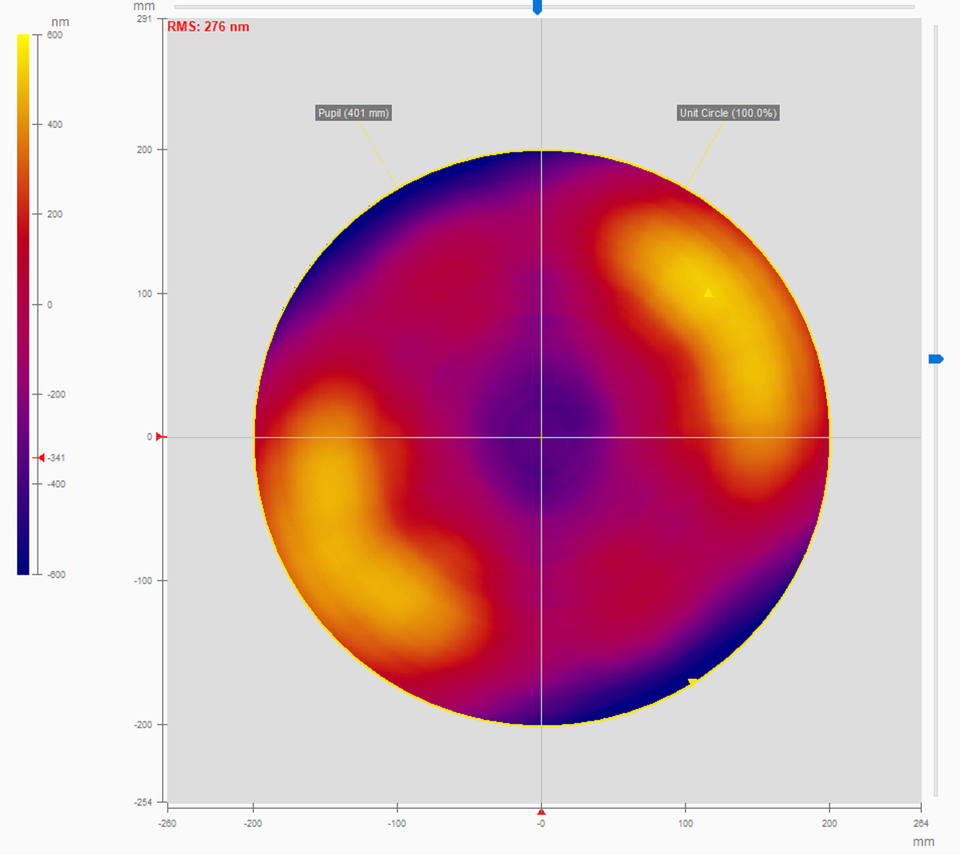
“It’s been a fantastic collaboration between different ESA sections, which came out of an initial discussion between us,” notes Dana. “Because you cannot develop a mirror without understanding the materials and processing involved, and the needs of the final application, so the project – and our industry partners – benefited from a full spectrum of expertise.”
Marcos Bavdaz, heading the Technology Preparation Section of ESA’s Directorate of Science, comments: “Media Lario is keeping the sample at their premises to perform polishing tests, to compare the results with the standard alternative. It’s a been good project because it enlarges our future options.”
Nadia Missaglia, project manager of the study for Media Lario adds: “it’s been a fantastic study with ESA and RSP Technology; looking at the potential we are very pleased to have contributed to expanding the prospects for future applications. We are grateful to ESA for letting us keep the sample at our premises for follow-up testing.”


